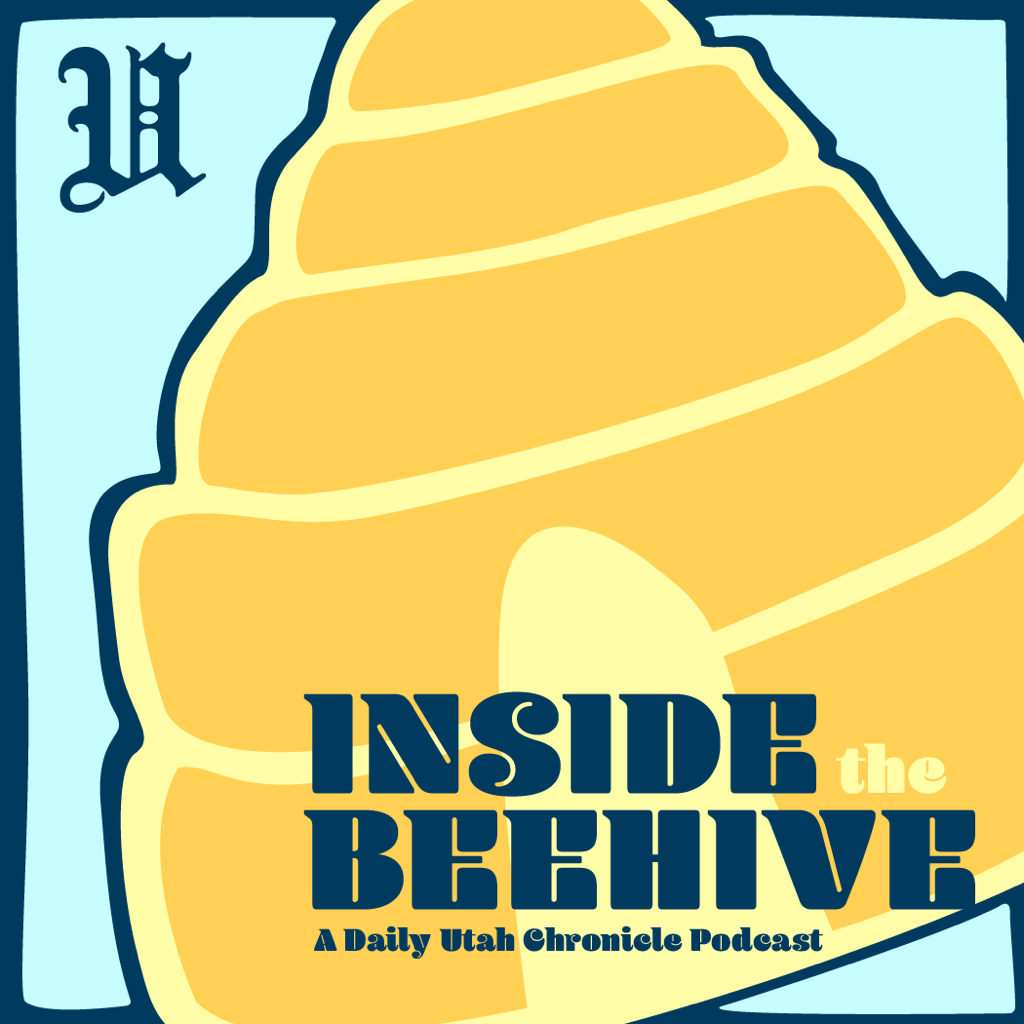An extensive American Indian garbage dump is providing new ideas on how ancient people interacted with their environment.
Jack Broughton, U associate professor of anthropology, has shown that California’s native peoples had a profound impact on bird populations living near what is now San Francisco.
“Over the last 15 years, the idea that Native Americans were happy and healthy with their environment has begun to be questioned,” Broughton said.
When American Indians occupied an area like the California coast, large areas were designated to act as cemeteries and as a place in which to put waste products, such as bones and shells.
These dumps were “an amorphous mix, not strictly bones,” he said.
Bird bones were removed from one of the ancient dumps in the early 1900s, providing Broughton and other researchers with a 2,000-year cross section of time to study.
The dates of bones range from 3,000 years ago to the Europeans coming in the 1500s, Broughton explained.
Studies of the excavated bird bones reveal that American Indian hunting practices depressed bird populations to near extinction.
“This challenges the idea that Native Americans were somehow conservationists,” he said.
When Europeans came to America, they brought many new diseases with them, killing around 90 percent of native peoples, Broughton said.
At this time, birds such as “cormorants had left the area that was populated by humans to hang on in refuge,” said Broughton. “These populations had been taken to the limit,” but did not become extinct as a result of American Indians’ actions-rather, the extinctions that did occur were the result of Europeans’ actions.
Far-reaching effects of food source depletion can be seen when examining human skeletal remains in Southern California.
“The stature of people was declining significantly as nutrition was being impacted by growing human populations and decreasing bird populations,” he said.
The enormous “time depth” of this study and the large sample of bones for this type of research have provided the “best documentation of Native Americans making a significant impact,” he said.
Historians are interested in this study because it casts doubt on the theory that the very first people-primitive people, not American Indians as we know them-on the North American continent hunted 35 species to extinction-including enormous mammoths and ground sloths. This study shows that the American Indians in question did not exhaust their environment to the point that species went extinct, and thus brings doubt to the claim that their ancestors did.
Broughton said his research suggests “there are huge human populations and huge animal impacts with no extinctions.”
“Understanding the complex relationship between prehistoric people and their prey has been a hot topic in archaeology and anthropology for some time,” said Kelly Beck, doctoral student and research assistant in anthropology.
Currently Broughton and Beck are using ancient DNA to infer population histories for tule elk found at the same site.
“This project has been the inspiration for my dissertation research that explores similar issues with prehistoric use of marine mammals along the southern California coast,” she said.











